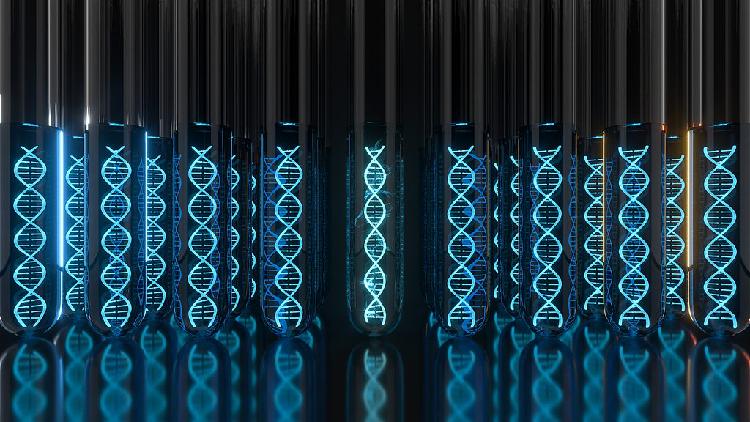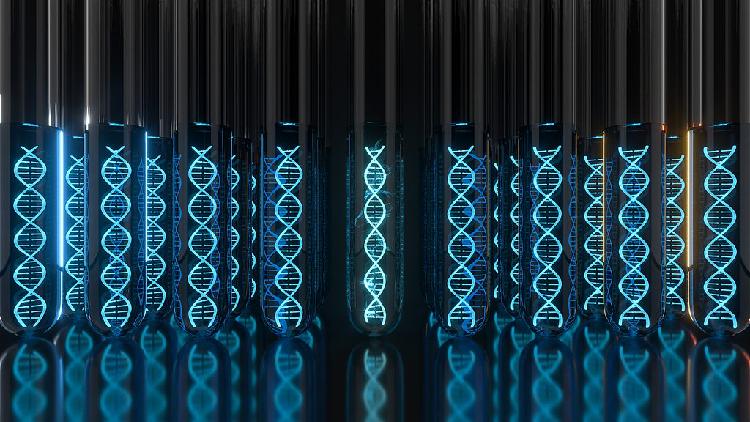Researchers make breakthrough in DNA-based storage of brain MRI data


<img src='https://news.cgtn.com/news/2024-09-30/Researchers-make-breakthrough-in-DNA-based-storage-of-brain-MRI-data-1xjkMZMD1wk/img/54c7af1fe75a4b3d840288fa89215b16/54c7af1fe75a4b3d840288fa89215b16.jpeg' alt='DNA structures. /CFP'
Tianjin University’s Frontiers Science Center for Synthetic Biology, in collaboration with Tianjin Huanhu Hospital, has made a major breakthrough in DNA-based data storage, introducing the innovative DNA Palette coding scheme.
This new method enables the successful encoding of brain magnetic resonance imaging (MRI) data into DNA, as well as lossless decoding and the 3D reconstruction of imaging data, paving the way for the development of advanced medical data storage technologies.
The results of the study have been published in the National Science Review.
Brain MRI scans are an essential tool for clinical diagnosis, surgical planning and treatment evaluation. However, the vast amounts of data generated during these scans pose significant challenges for long-term storage methods.
This issue is particularly critical for diseases such as juvenile Parkinson’s, epilepsy and neurogenetic disorders, as lifelong data accumulation and analysis are essential in such cases. Current storage mediums struggle to meet the high demand for large-scale, long-term data storage.
DNA, known to have exceptional stability and storage density, has emerged as a promising medium for data storage. The Tianjin University research team successfully encoded 11.28 megabytes of brain MRI data into approximately 250,000 DNA sequences, achieving an impressive data density of 2.39 bits per base.
The encoded oligos, which are single strands of synthetic DNA, are stored in dry powder form, weigh just 3 micrograms and support over 300 read operations under current technical standards. This breakthrough demonstrates DNA’s potential as a long-term, efficient, secure storage medium for medical data.
This study marks a crucial step toward the practical application of DNA data storage, offering a new technical route for the secure storage of large amounts of medical data and accelerating the broader adoption of DNA-based storage technologies.

